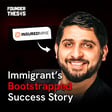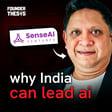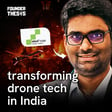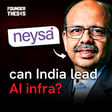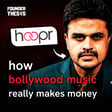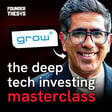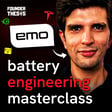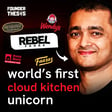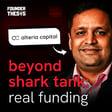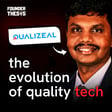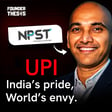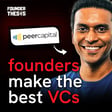
A serial founder's journey towards the light | Shreya Mishra @ SolarSquare
As solar panels become more affordable and government subsidies make them attractive, homeowners can now switch to solar energy for the same cost as their current electricity bills. In this episode, Shreya Mishra provides practical advice and insights from her entrepreneurial journey- she talks about her first venture, Flyrobe, and how she joined SolarSquare to build its retail side. She also sheds light on its go-to-market strategy, the challenges of scaling up quality and talks about India's target to equip 1 crore households with solar panels in the next 3 years.
Get notified about the latest releases and bonus content by subscribing to our newsletter at www.founderthesis.com
Read more about SolarSquare:-
1.Startup by IIT Grads Helps Indian Homes Run on Zero Electricity, Earns Rs 200 Crore in Revenues
2.How SolarSquare Is Helping Indians Harvest Solar Power With Its Full-Stack Solutions
3.‘Simplification, policy push has turbocharged residential rooftop solar’: SolarSquare co-founder
4.This Startup Earns Rs 200 Crore By Enabling Zero Electricity Cost For Households
